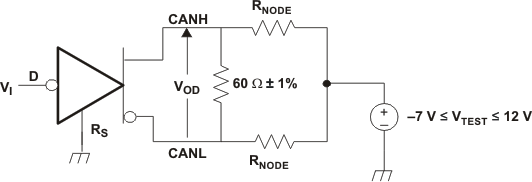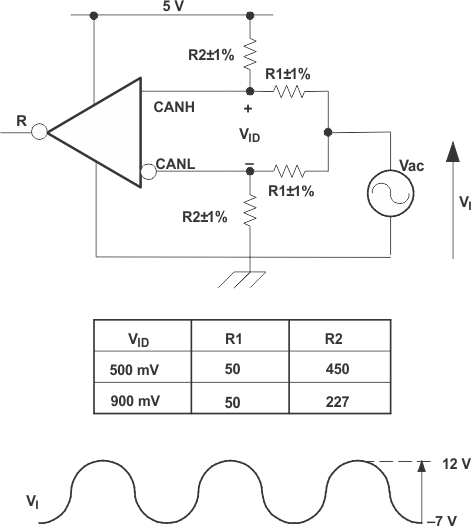SLLS545G November 2002 – October 2015 SN55HVD251 , SN65HVD251
PRODUCTION DATA.
- 1 Features
- 2 Applications
- 3 Description
- 4 Revision History
- 5 Pin Configuration and Functions
-
6 Specifications
- 6.1 Absolute Maximum Ratings
- 6.2 ESD Ratings
- 6.3 Recommended Operating Conditions
- 6.4 Thermal Information
- 6.5 Supply Current
- 6.6 Electrical Characteristics: Driver
- 6.7 Electrical Characteristics: Receiver
- 6.8 VREF-Pin Characteristics
- 6.9 Power Dissipation Characteristics
- 6.10 Switching Characteristics: Driver
- 6.11 Switching Characteristics: Device
- 6.12 Switching Characteristics: Receiver
- 6.13 Dissipation Ratings
- 6.14 Typical Characteristics
- 7 Parameter Measurement Information
- 8 Detailed Description
- 9 Application and Implementation
- 10Power Supply Recommendations
- 11Layout
- 12Device and Documentation Support
- 13Mechanical, Packaging, and Orderable Information
Package Options
Mechanical Data (Package|Pins)
- DRJ|8
Thermal pad, mechanical data (Package|Pins)
- DRJ|8
Orderable Information
7 Parameter Measurement Information
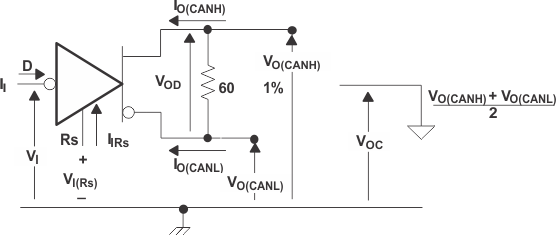 Figure 10. Driver Voltage, Current, and Test Definition
Figure 10. Driver Voltage, Current, and Test Definition
 Figure 11. Bus Logic State Voltage Definitions
Figure 11. Bus Logic State Voltage Definitions
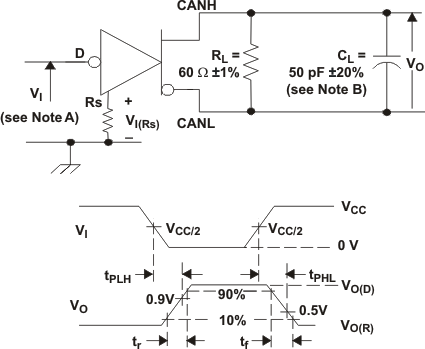 Figure 13. Driver Test Circuit and Voltage Waveforms
Figure 13. Driver Test Circuit and Voltage Waveforms
 Figure 14. Receiver Voltage and Current Definitions
Figure 14. Receiver Voltage and Current Definitions
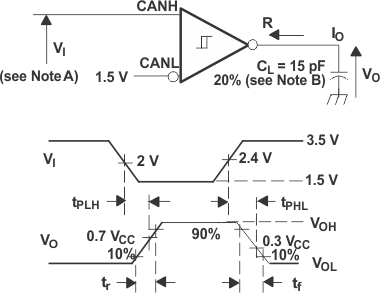
A. The input pulse is supplied by a generator having the following characteristics: PRR ≤ 125 kHz, 50% duty cycle, tr ≤ 6ns, tf ≤ 6ns, ZO = 50 Ω.
B. CL includes instrumentation and fixture capacitance within ±20%.
Figure 15. Receiver Test Circuit and Voltage Waveforms
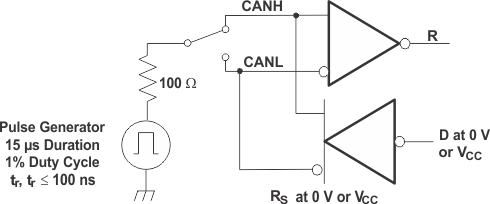
This test is conducted to test survivability only. Data stability at the R output is not specified.
Figure 16. Test Circuit, Transient Overvoltage Test
Table 1. Receiver Characteristics Over Common Mode Voltage
| INPUT | DIFFERENTIAL INPUT | OUTPUT | ||
|---|---|---|---|---|
| VCANH | VCANL | |VID| | R | |
| 12 V | 11.1 V | 900 mV | L | VOL |
| –6.1 V | –7 V | 900 mV | L | |
| –1 V | –7 V | 6 V | L | |
| 12 V | 6 V | 6 V | L | |
| –6.5 V | –7 V | 500 mV | H | VOH |
| 12 V | 11.5 V | 500 mV | H | |
| –7 V | –1 V | 6 V | H | |
| 6 V | 12 V | 6 V | H | |
| open | open | X | H | |
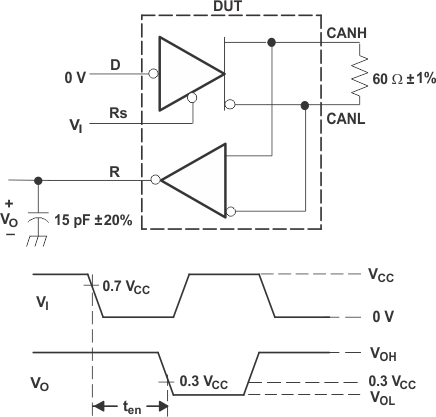 Figure 17. Ten Test Circuit and Voltage Waveforms
Figure 17. Ten Test Circuit and Voltage Waveforms
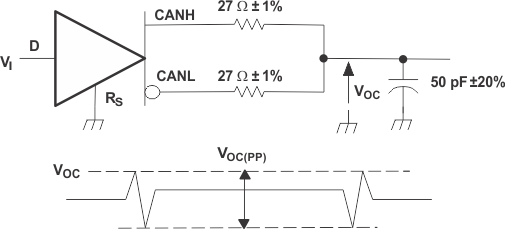
The input pulse is supplied by a generator having the following characteristics: PRR ≤ 125 kHz, 50% duty cycle, tr ≤ 6ns, tf ≤ 6ns, ZO = 50 Ω.
Figure 18. Peak-to-Peak Common Mode Output Voltage
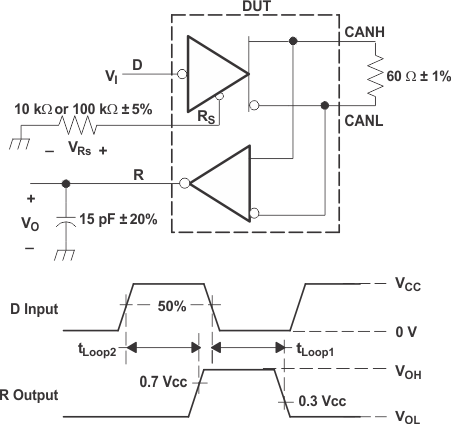 Figure 19. TLOOP Test Circuit and Voltage Waveforms
Figure 19. TLOOP Test Circuit and Voltage Waveforms
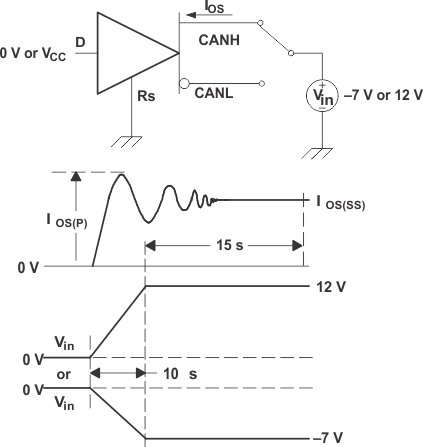 Figure 20. Driver Short-Circuit Test
Figure 20. Driver Short-Circuit Test
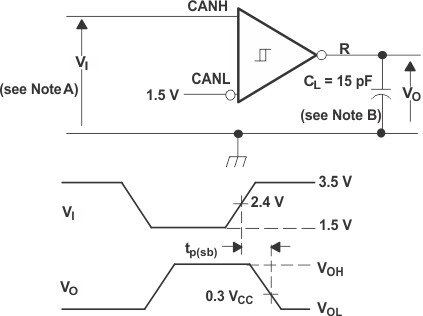
A. The input pulse is supplied by a generator having the following characteristics: PRR ≤ 125 kHz, 50% duty cycle, tr ≤ 6ns, tf ≤ 6ns, ZO = 50 Ω.
B. CL includes instrumentation and fixture capacitance within ±20%.
Figure 21. Receiver Propagation Delay in Standby Test Circuit and Waveform
